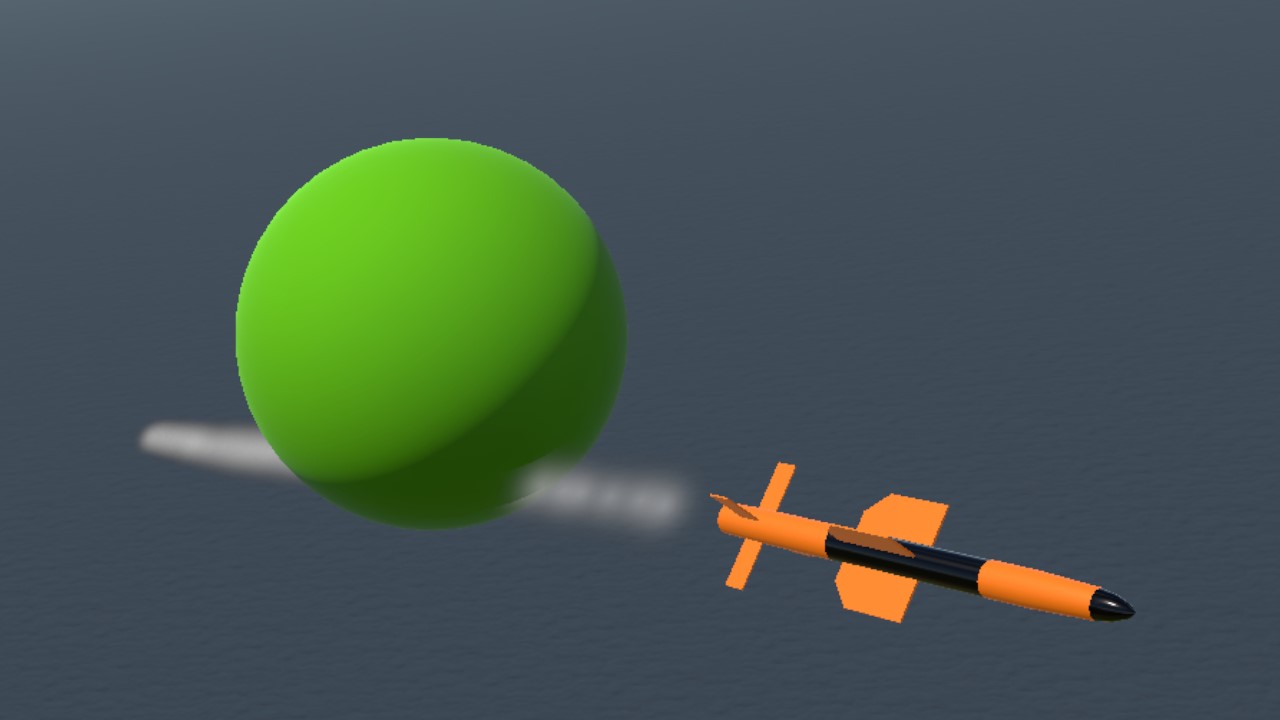part efficient agriculture
History:
The PEA, NATO code name "Corner Forger" is a supersonic Balloon Interceptor designed by the brilliant designer Robert Bartini who had created countless other magnificent projects.
During the 1950s and 1960s the United States instituted several programs using high-altitude reconnaissance balloons, released over friendly territory to ascend into the Jetstream and be transported over the Soviet Union and People's Republic of China. Due to this, two plane projects were born, the Subject 34 a single-seat turbojet-powered twin-boom high-aspect-ratio aircraft. Armament of the single-seat balloon interceptor was to have been two air-air missiles (AAM) and two GSh-23 cannon with 600 rounds per gun in a dorsal turret. A second proposal for PEA, a single engine aircraft designed to ram enemy balloons out of the air, with a proposed max speed of Mach 4, actual speed of Mach 3.14 it is sure to destroy any US recon balloons out of the air.
The Pea was flown by the VDV to great success, taking down over 42 enemy balloons, Stárshiy leytenánt Alexander Netsky, an ace pilot of the 3rd pea core accumulated a score of 7 balloons rammed down over the freezing skies of eastern Siberia.
pilots highly regarded the Pea for its elegant maneuverability, high service altitude, and speed. In 1964 the PEA reached a max speed of Mach 3.14, beating the speed record of Mach 1.8 set by the American F-104 star fighter by almost twice the speed.
In 1988 the pea uglovoyrezacsphera along with the M-17RN Stratosphera were replaced by the M-55 Geophysica ending the legacy of this esteemed aircraft.
Early service:
The development of the PEA was plagued with problems, its unconventional design impacted its control at both high and low altitudes so much that pilots referred to it as the "death sphere". The problems took over 6 years to fix but eventually it entered service in 1963.
In 1964 it set multiple records which would only be surpassed by the sr-71 years later. The multiple records set by this plane sent the Americans into a frenzy, developing the XP-314 Lockheed Martin "Red Star" the French making the Leduc "Tempête cyan", and the British BAE "Golden Spirit" and the West German "Brauner Baron", NATO's own spherical interceptors designed as high-altitude reconnaissance planes and bombers, though it would not take the speed and maneuverability record it brought the US back as the leader of the highest altitude record in 1969.
Vietnam War:
The pea was used as an interceptor to take out the US bombers in 1966, however the risks of such stunts were high, Mládshiy leytenánt Pozdnyakov Lev Leonidovich and Leytenant Shuvalov Mitrofan Germanovich narrowly escaped death by ejecting out of their pea when an unexpended aim-7 missile from a F-4 Phantom exploded near them destroying half of the pea. The pea was pulled out of service as a ramming plane a week later.
Fighter Conversion:
In 1967 the PEA was converted into a dedicated fighter, carrying two air-to-air missiles due to the necessity to counter US bombers over the skies of Vietnam. This conversion, aimed at shooting down the famed B-52 Stratofortress was used by the 1st pea interceptor brigade to mixed response, it had two powerful missiles, but this also made the pea heavier than before which increased the stall speed and negatively impacted maneuverability. It had a turn rate similar of that of the mig-21, more maneuverable than the heavy F-4 phantoms but just barely, pilots were instructed to use boom and zoom tactics on US aircraft but this also had problems. See, the Russian missiles had a minimum launch length and required a speed of from 800 to 1200 knots to fire which made engaging targets very hard has pea pilots had very strict firing requirements or the missiles were going to fall out of the sky (I spared you the pain of old Russian missiles, it has British sea slugs).
End of service:
In 1975 the war ended in a Russian victory; the pea was taken out of service as an interceptor with the inception of the mig-25 which entered service in 1970, it was slower but could carry two more missiles than the pea could and offered more range and better systems.
Credits: I stole some stuff from Wikipedia
Specifications
Spotlights
- nwa 1.7 years ago
- TheCommentaryGuy 1.7 years ago
- DJRianGamer2009 1.7 years ago
- Ashdenpaw1 1.7 years ago
- C47skytrain 1.7 years ago
- ZealousKestrel 10 days ago
- Monarchii 1.7 years ago
- Halcyon215 9 months ago
- ComradeBazookaBall 4 days ago
- BluesynVN 10 days ago
General Characteristics
- Predecessor Pea
- Created On Windows
- Wingspan 19.7ft (6.0m)
- Length 19.7ft (6.0m)
- Height 19.7ft (6.0m)
- Empty Weight 482lbs (218kg)
- Loaded Weight 2,631lbs (1,193kg)
Performance
- Power/Weight Ratio 5.124
- Wing Loading 13.0lbs/ft2 (63.7kg/m2)
- Wing Area 201.8ft2 (18.8m2)
- Drag Points 0
Parts
- Number of Parts 60
- Control Surfaces 4
- Performance Cost 150





kombat p
peashooter bullet be like :
The definition of "[PEA]"
@Majakalona Corn is the sweetener of peas, peas are the filler of corn.
Harmony.
@Z46z perfection, for now, approved lmao
@Graingy maybe I took the message "needs corn" in the wrong context of P instead of sea
@Majakalona Looks like a crappy orange
@Graingy kumquat
@Majakalona needs corn
@Monarchii 7 wings
@Graingy I hate it when I pea on my peas
@Majakalona Don't you hate it when you accidentally sit on your peas?
@Monarchii 18.8m2 (201.8ft2)
@Graingy it is
the one I made was a oval
@LunarEclipseSP technically a replica XD; now Miss E if you can help me, how much wing does it have lmao cause it would be hilarious having this in the list
@Monarchii
It's a goddamn ball
Oh no, they're evolving!
Why do I feel like this is a real plane 😭